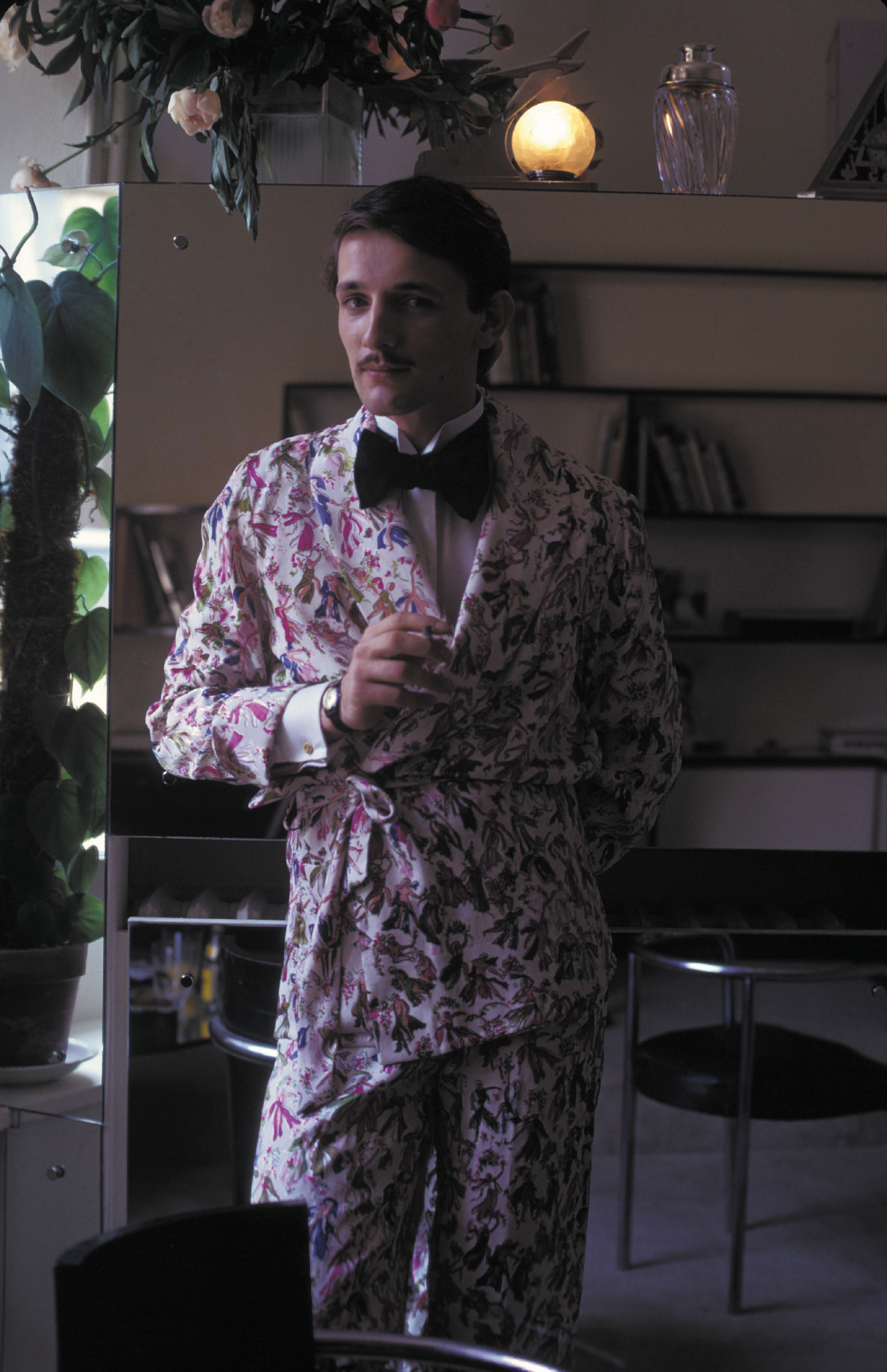
WEIGHT: 47 kg
Breast: 38
One HOUR:40$
NIGHT: +80$
Services: Domination (giving), Spanking (giving), Female Ejaculation, 'A' Levels, Watersports (Giving)
Contact Admin. In , the architect and writer Theo Crosby had an idea to bring together a group of architects, artists, designers, and theorists to think about the future. The result was This is Tomorrow , a seminal exhibition at Whitechapel Gallery which saw 38 participants split into 12 cross-disciplinary groups.
Coming at a time when Britain was still recovering from the trauma and destruction of World War II, the presence of pop art and new brutalism among the works signalled a cultural turning point in Britain. The nation was finally moving away from its post-war austerity and into a more modern society.

In a new show titled Is This Tomorrow? Jaque is an architect. In connecting the dots between seemingly far-flung developments, the artists reveal the corrosive thread neoliberalism is weaving through society, eroding not just the natural environment, but also forms of community and human connection. We spoke to collaborators Jaque and Satterwhite about the redistribution of power, what publicness means today and re-queering the future.
How did you prepare for the exhibition? In what ways were you influenced by the original This Is Tomorrow staged in , if at all? This interest in environment and science grew from a need felt by artists and architects, to make sense of a universe where the moon, the earth, nuclear power, and viruses were transforming what existence was about. Today, we face a similar situation. The climate crisis and its association with the growth of inequality, the lack of agency among state bodies and massive planetary migrations, is again posing questions around how humans engage environmentally.

We no longer share a universe. We inhabit multiverses that segregate us rather than unite us. This is the major difference our work operates in. The work brings together the seemingly disparate subjects of queer desire and fracking, among others.
































